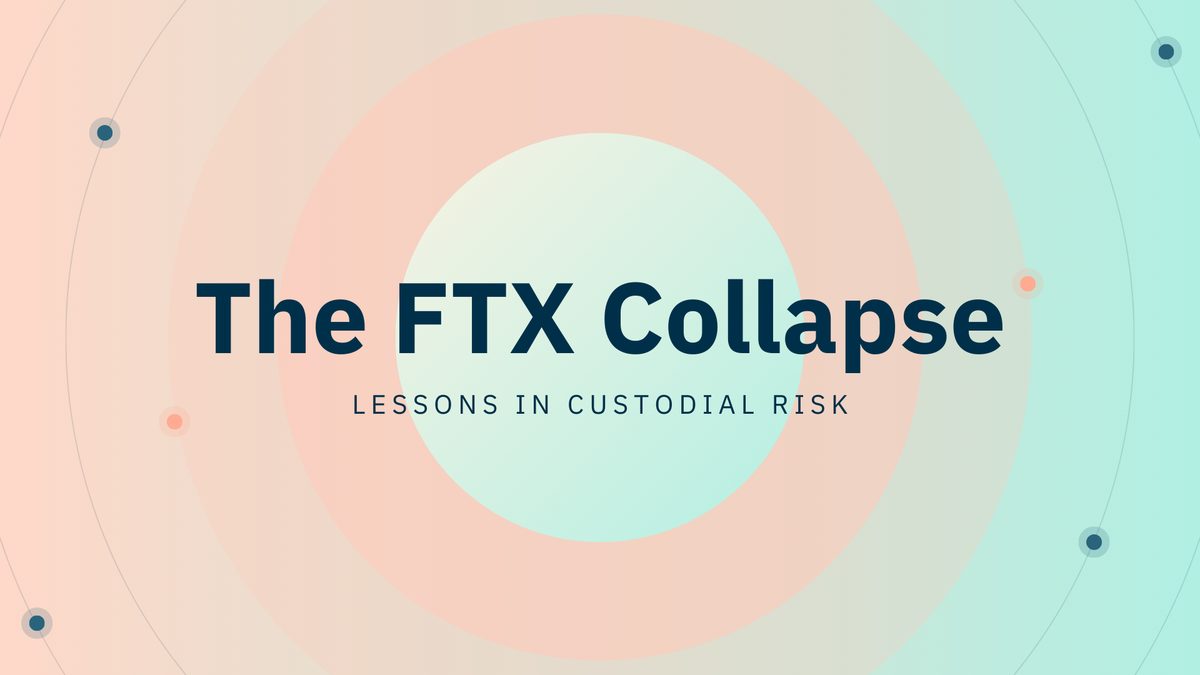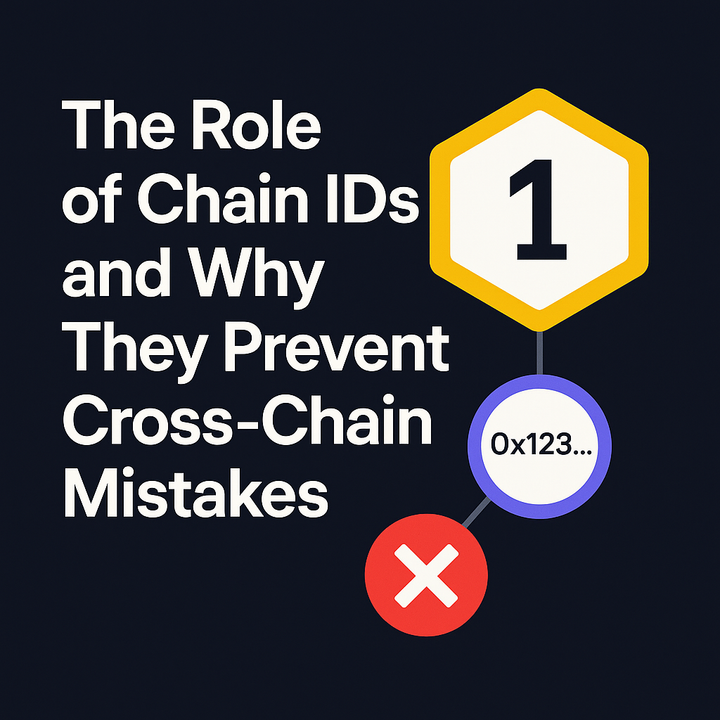The FTX Collapse: Lessons in Custodial Risk

The 2022 collapse of the FTX cryptocurrency exchange was one of the most dramatic financial implosions in recent history. It sent shockwaves through the digital asset industry, wiped out billions in customer funds, and exposed deep flaws in how custodial platforms operate. This event has become a case study in custodial risk, the dangers of entrusting your assets to a third party without direct control over them.
The Rise of FTX
Founded in 2019 by Sam Bankman-Fried (SBF) and Gary Wang, FTX quickly became one of the largest cryptocurrency exchanges in the world. It offered a wide range of products, including spot trading, derivatives, tokenized stocks, and leveraged tokens, attracting both retail and institutional traders. By early 2022, FTX had raised $1.9 billion in Series C funding at a staggering $32 billion valuation, backed by major venture capital firms.
FTX’s rapid growth was fueled by:
- Aggressive marketing: Sponsorships with sports teams, celebrity endorsements, and naming rights to the Miami Heat arena.
- Innovative products: A liquidation engine designed to prevent cascading sell-offs, backed by its sister trading firm, Alameda Research.
- Perceived trustworthiness: SBF’s public image as a philanthropic, regulation-friendly leader.
However, beneath the surface, the relationship between FTX and Alameda Research was far more entangled than customers realized.
The Road to Collapse
The downfall began in November 2022 when a CoinDesk report revealed that a significant portion of Alameda’s balance sheet consisted of, FTX’s native token. This raised concerns about the firm’s solvency and the true liquidity of its assets.
Shortly after, Binance CEO Changpeng Zhao announced that Binance would liquidate its FTT holdings due to “recent revelations.” This triggered a bank run on FTX, with customers attempting to withdraw billions in a matter of days.
FTX was unable to meet withdrawal demands because:
- Customer funds had been misappropriated: Reports and bankruptcy filings later revealed that FTX had transferred billions in customer deposits to Alameda Research, which used them for risky trades, venture investments, and loan repayments.
- Liquidity mismatch: Assets were tied up in illiquid investments, while liabilities to customers were immediate.
- Poor risk management: There was no proper segregation of customer and corporate funds, a fundamental safeguard in financial services.
Misuse of Customer Funds
The misuse of customer funds was at the heart of the collapse. According to KPMG’s analysis, the asset gap was estimated at $10 billion, suggesting either blatant misappropriation, massive trading losses, or both.
Key points:
- No transparency: Customers had no way to verify whether their deposits were being held 1:1.
- Intercompany transfers: FTX allegedly used a “backdoor” in its accounting system to move funds to Alameda without triggering compliance alerts.
- High-risk bets: Alameda’s leveraged positions in volatile crypto markets amplified losses when prices fell.
This behavior violated the implicit trust customers place in custodial platforms and underscored the dangers of centralized control over digital assets.
Understanding Custodial Risk
Custodial risk refers to the possibility that an entity holding assets on your behalf may lose them due to fraud, mismanagement, insolvency, or operational failure.
In the crypto context:
- Custodial wallets: The exchange or custodian controls the private keys. If they fail, your assets may be inaccessible.
- Non-custodial wallets: You control the private keys, meaning you have full ownership and responsibility.
As Herald Sheets explains, the FTX collapse reinforced the adage: “If you don’t have the keys, you don’t own the coins.” When FTX froze withdrawals, customers had no recourse because they did not control their private keys.
Market Impact
The collapse had immediate and far-reaching consequences:
- Price declines: Major cryptocurrencies like Bitcoin and Ethereum fell sharply, with Solana particularly affected due to its close ties with FTX.
- Contagion: Other crypto firms with exposure to FTX, such as BlockFi and Genesis, faced liquidity crises.
- Loss of confidence: Retail and institutional investors became more cautious about centralized exchanges.
Regulatory and Industry Response
In the aftermath, regulators worldwide began reviewing oversight frameworks:
- Licensing and supervision: Calls for stricter licensing of exchanges and custodians.
- Proof of reserves: Some exchanges began publishing third-party audits to demonstrate that they held customer assets in a one-to-one ratio.
- Segregation of funds: Emphasis on separating customer deposits from operational accounts.
Lessons for Crypto Investors
The FTX collapse offers several critical takeaways:
a) Prioritize Self-Custody
Use hardware wallets (e.g., Ledger, Trezor) or reputable non-custodial software wallets to store long-term holdings.
b) Demand Transparency
Favor platforms that provide proof of reserves and undergo regular independent audits.
c) Diversify Custodians
Avoid keeping all assets on a single exchange. Spread risk across multiple platforms and wallets.
d) Understand the Business Model
Be wary of exchanges with proprietary tokens that make up a large portion of their balance sheet.
e) Monitor Regulatory Signals
Pay attention to regulatory actions and public statements from industry leaders, as they can foreshadow trouble.
Broader Implications for the Crypto Ecosystem
The FTX debacle has accelerated discussions about:
- Decentralized exchanges (DEXs): Platforms like Uniswap and dYdX, where users retain custody of their assets, are gaining traction.
- On-chain transparency: Blockchain’s inherent transparency could be leveraged for real-time auditing of custodial reserves.
- Investor education: Understanding how exchanges operate is now seen as essential for anyone entering the crypto space.
Conclusion
The collapse of FTX was not just a story of corporate failure; it was a wake-up call for the entire cryptocurrency industry. It exposed the fragility of centralized custodians, the dangers of opaque financial practices, and the urgent need for both investor vigilance and regulatory reform.
For individual investors, the lesson is clear: control your keys, understand your custodian, and never assume that size or reputation guarantees safety. For the industry, the challenge is to rebuild trust through transparency, accountability, and innovation that aligns with the decentralized ethos of cryptocurrency.
References
- https://heraldsheets.com/ftxs-collapse-reveals-the-risks-of-custodial-wallets-analysis/
- https://jfin-swufe.springeropen.com/articles/10.1186/s40854-024-00690-8
- https://insights.glassnode.com/the-week-onchain-week-46-2022/
- https://cases.ra.kroll.com/FTX/Home-Index
MITOSIS official links:
GLOSSARY
Mitosis University
WEBSITE
X (Formerly Twitter)
DISCORD
DOCS



Comments ()